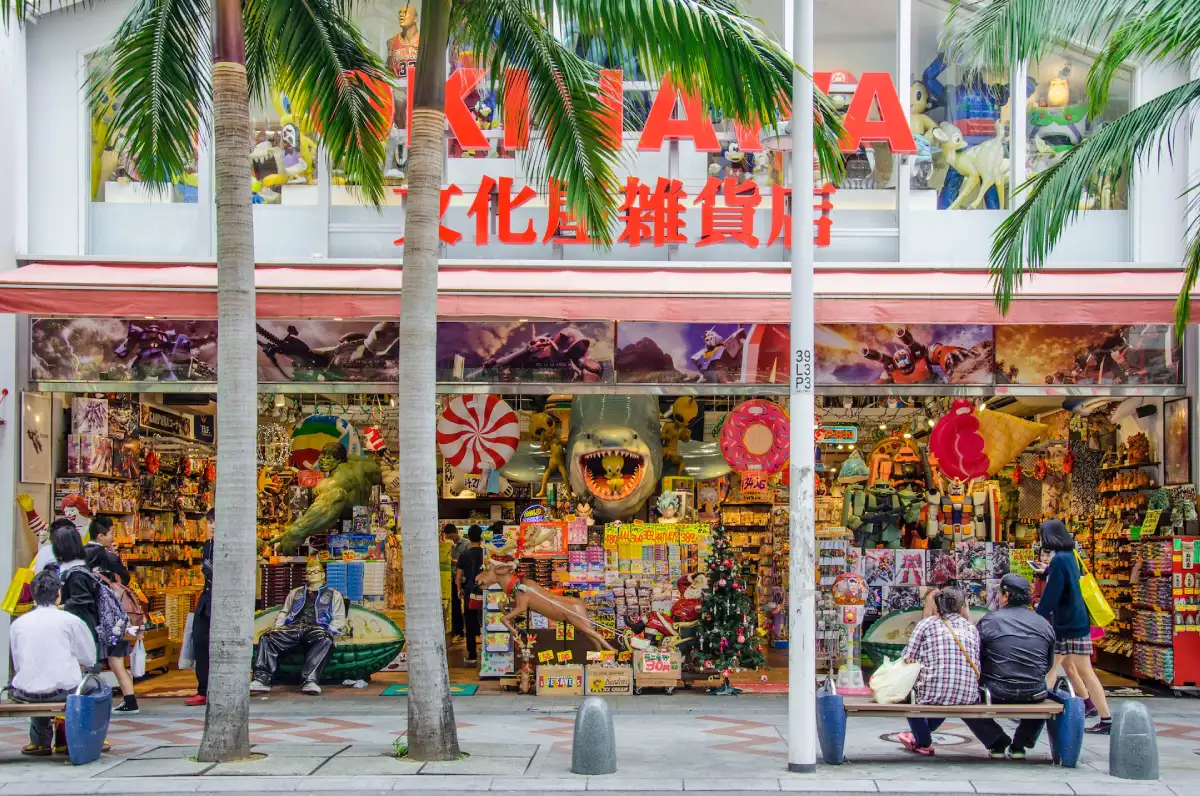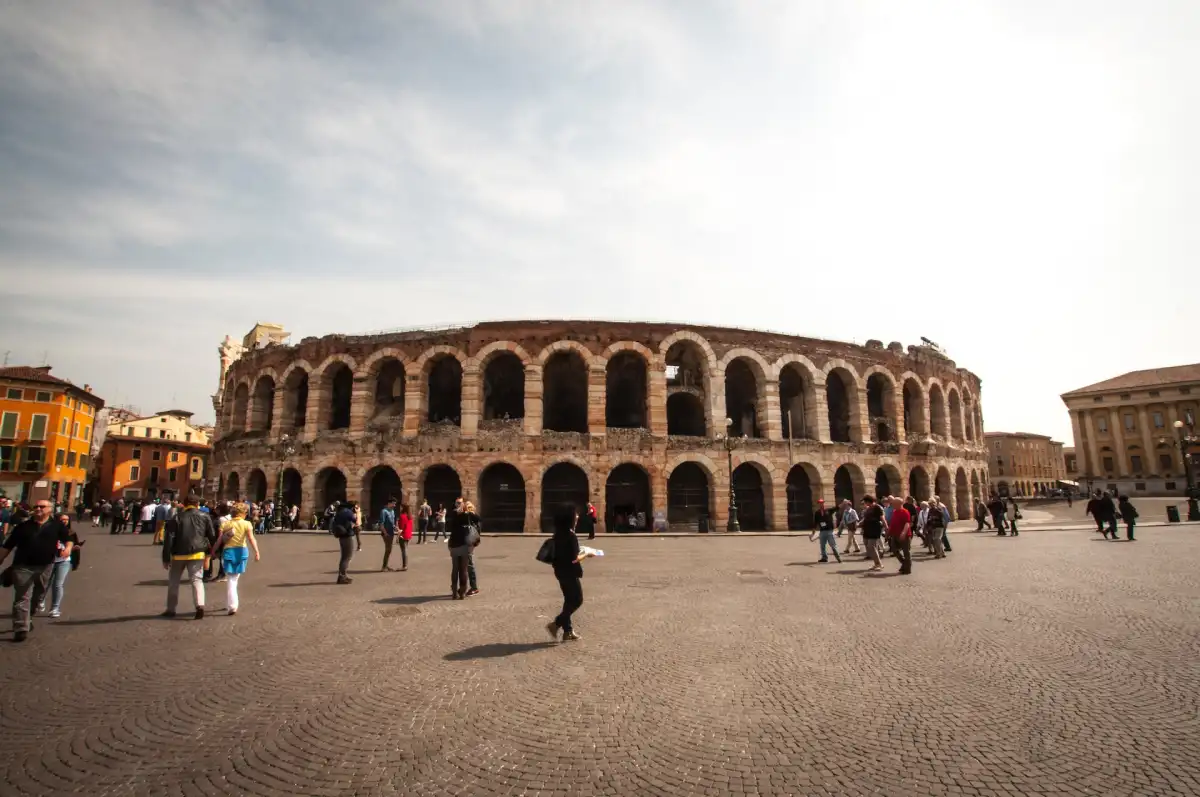
Souvenirs are a special thing for every traveler, but they can be quite controversial. On the one hand, they’re the best way to bring home a part of your journey and have something to help you remember your travels.
On the other, many have condemned the overconsumption and overproduction associated with the market, as well as the fact that most of the items ultimately end up being discarded.
But that’s not necessarily the case, and you can find a way to ensure you get items that have practical or artistic value and that you’ll actually enjoy having in your home. Here’s what you should focus on in order to achieve it.
Local artisans
Each country you visit is home to local artisans, so the best way to ensure you get something authentic is to look for items made by such people.
Often, products coming from the mass market simply lack the quality and artistic value of an artisanal piece that, although perhaps a little pricier, will also last much longer. You can also be glad that you’ve made a small contribution and supported the local community.
The items you can choose depend on the country you’re visiting, so make sure to do some research beforehand and see what are the traditional crafts of the region you’ll visit. Many countries have unique traditions regarding decorative arts, so artistic pursuits are not solely the domain of paintings and sculptures found in art galleries and museums.
For instance, Mongolia is famous for its woodwork, weaving, embroidery and metalwork. Weaving is also an integral part of Peru’s artistic culture, with every community producing its own unique textiles. Each has its design, created over centuries due to the rather isolated environment.
These crafts are passed down from generation to generation and are often made using the same ancient processes.
Typically, the artisans take care of every step of the process, from producing the materials to adding the finishing touches. In weaving, this includes shearing wool, cleaning and spinning it into yarn, and creating dyes. The entire process is labor-intensive, and it helps you get an authentic product you can use for a long time.
Traditional clothing
Traditional garments are important for every community, being directly tied to ethnic identity. Generally, the costumes are quite intricate. In many instances, there are several different variations that have developed over the years pertaining to differences in gender, social class and region.
Unfortunately, a lot of traditional clothes are not seen as valuable anymore, and the processes used to create them are becoming extinct. If you travel to a country and discover you love traditional clothing, you should consider supporting local craftsmen by purchasing something.
The traditional Korean costume has become more popular over recent years due to the Hallyu wave. It’s highly intricate and includes a wide variety of pieces. It’s an important part of tourism; in some places, you can get free entrance if you wear the hanbok.
One of these landmarks is the Gyeongbokgung, the main palace of the Joseon dynasty, loved by history and architecture lovers alike. In recent years, modernized hanbok has also become wildly popular, particularly due to the influence of several Korean artists and musicians.
Japanese clothing is also popular among tourists. While kimonos are often highly intricate and made from expensive, luxurious materials such as silk and brocade, there are affordable alternatives made from cotton, linen and hemp.
The yukata, a type of informal kimono, is a unisex garment particularly worn during the spring and summer. It is ubiquitous at ryokans, traditional festivals and onsen.
Diversity
When looking for a souvenir, don’t be afraid to get out of your comfort zone and look for something exceptional. For instance, you can get a flower arrangement that you can keep forever by pressing or drying.
Make sure to add a beautiful florist ribbon to the ensemble to make it stand out. Keeping the flowers out of the sunlight will help them retain their color, but you should make sure the area is well-ventilated and dry.
The nón lá, the traditional Vietnamese headwear used to protect wearers against the rain and sun rays, is a symbol of the country and its people. They are often a special present for tourists. Africa is also known for its eclectic headwraps, known by several names depending on the country.
These scarves display information about the woman’s marital and social status. The head-ties are known as doek in South Africa, dhuku in Zimbabwe, and gele in Nigeria. There are endless ways in which they can be tied and worn, and numerous colors, shades and patterns are available.
Representative items
When you think of a country, you’ll most likely instantly also envision a few representative items for the location. For example, the Día de los Muertos celebrated on November 1st and 2nd in Mexico, as well as Guatemala, Costa Rica, Bolivia and Brazil, is common for its Calavera, the representation of a human skull made from sugar and decorated with beads, feathers and colored foil.
Bulgaria and Romania are well-known for their pottery and ceramics, handmade objects that require a significant amount of skill. The colors and decorative patterns have symbolic purposes and aren’t chosen at random. Cultural masks are also well-known around the world, and there are many countries and cities worldwide that use them.
Venetian Carnival masks are among the most popular in the world, dating back to around the 13th century. Known for their ornate and highly stylized design, they are commonly worn today during the Carnival and can be purchased from many shops. Chinese New Year masks represent deities, spirits and other mythological beings and aim to portray the emotions associated with this important celebration.
The Festival International des Masques et des Arts celebrates traditional African masks made from straw, wood and other textiles. Symbolic for worship and rites that celebrate the cycle of life, they are used to commemorate the spirits of the ancestors. The Japanese Shimokita Tengu Matsuri mask is also part of a festival that also includes drums, parades and the throwing of roasted soybeans.
When you travel to a different country, respecting the local culture and customs is important. If you want to bring home a souvenir, ensure it’s something authentic that respects the local community’s dignity.






